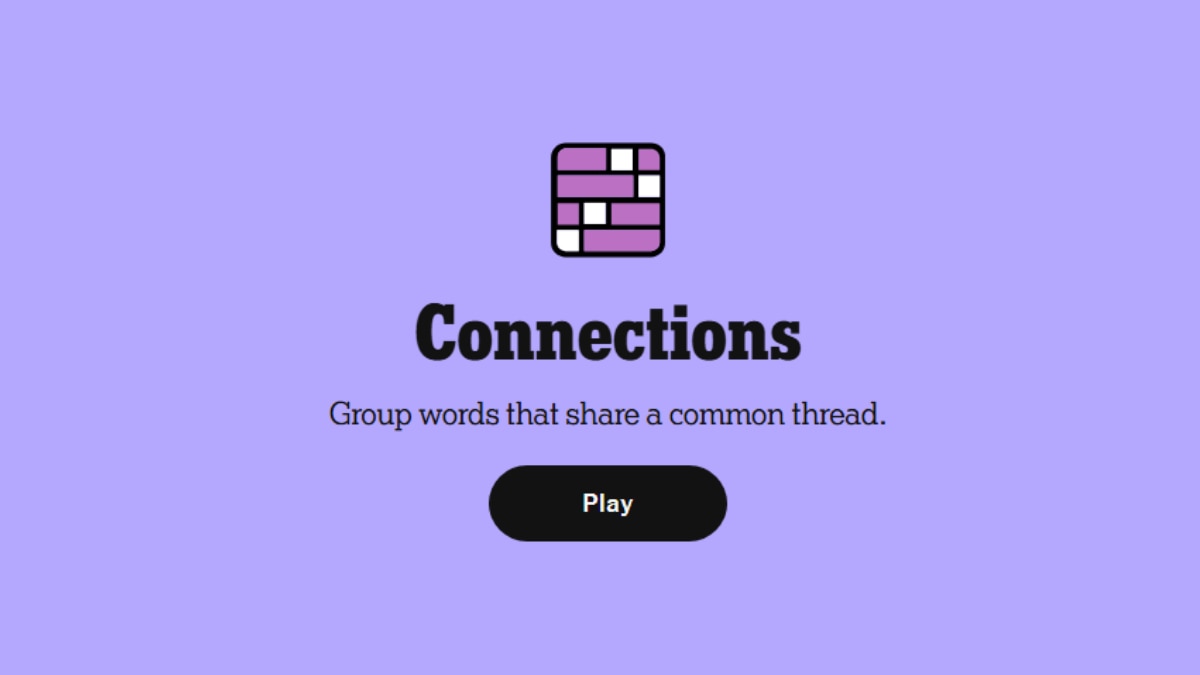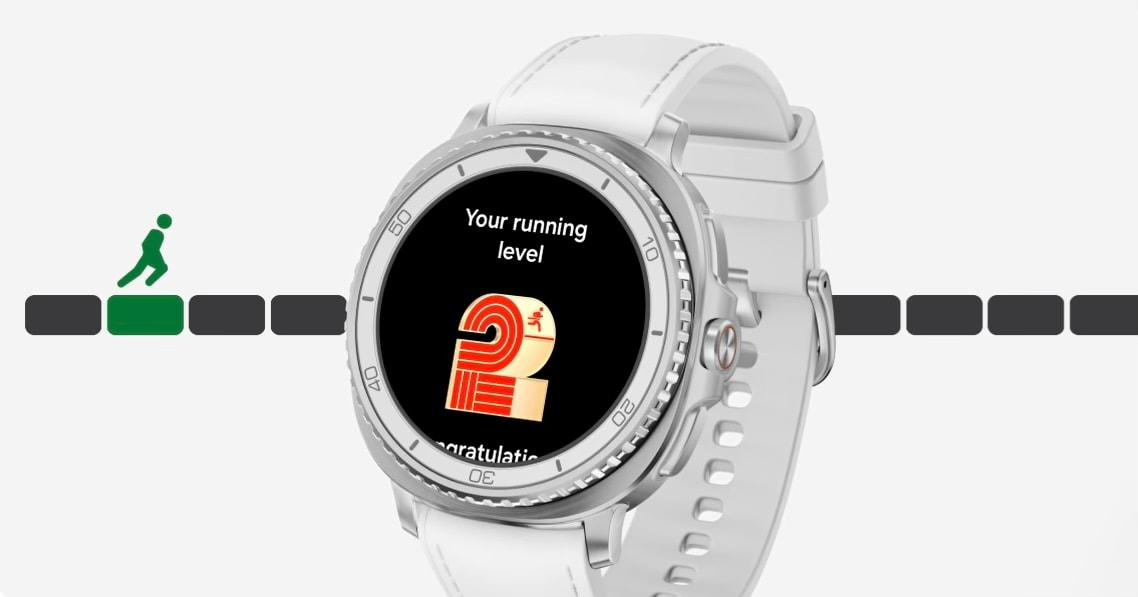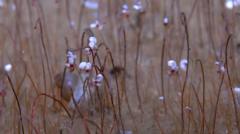
<p><em><strong>NYT Connections Answer:</strong></em> NYT Connections is a word-matching puzzle game developed by The New York Times. The goal is to group 16 words into four sets of four, based on shared themes or hidden links. Each group is colour-coded by difficulty: Yellow (easy), Green (moderate), Blue (challenging), and Purple (trickiest). The themes could be anything from meanings and categories to wordplay and cultural references.</p>
<p>Each day’s puzzle tests not just vocabulary, but your lateral thinking and pattern recognition.</p>
<h3><span style=”color: #ba372a;”><strong>Yellow Category: Instruct</strong></span></h3>
<p>This group featured action verbs that relate to guiding, teaching, or leading someone, words often used in contexts of education, sports, or mentorship. Though straightforward in meaning, they required you to think about their role as instructions.</p>
<ul>
<li>Coach</li>
<li>Direct</li>
<li>Guide</li>
<li>Train</li>
</ul>
<p>These words represent different ways of instructing or shaping someone’s path, whether in learning, decision-making, or development.</p>
<h3><span style=”color: #ba372a;”><strong>Green Category: Means</strong></span></h3>
<p>This category grouped words that refer to methods, tools, or channels through which something is done or conveyed. The common theme was subtle, as each word could belong to a different domain, technology, biology, communication, or transport, but all were united by their role as “means”.</p>
<ul>
<li>Instrument</li>
<li>Medium</li>
<li>Organ</li>
<li>Vehicle</li>
</ul>
<p>All four words describe channels or tools that help carry out functions, whether a musical instrument, a biological organ, or a communication medium.</p>
<h3><span style=”color: #ba372a;”><strong>Blue Category: Starting With Greek Numerical Prefixes</strong></span></h3>
<p>This set required recognising Greek number-based prefixes like mono-, di-, tri-, and tetra-. While some like “triangle” were easier to spot, others like “tetracycline” added a science twist to the mix.</p>
<ul>
<li>Dioxide</li>
<li>Monorail</li>
<li>Tetracycline</li>
<li>Triangle</li>
</ul>
<p>The common thread was the numerical prefix: “di” (two), “mono” (one), “tetra” (four), and “tri” (three). These prefixes are frequently used in scientific, mathematical, or medical contexts.</p>
<h3><span style=”color: #ba372a;”><strong>Purple Category: Anagrams Of Musical Instruments</strong></span></h3>
<p>The trickiest set of the day involved rearranging letters, these four words are all anagrams of real musical instruments. Recognising them wasn’t just about vocabulary, but also about spotting the hidden letters.</p>
<ul>
<li>Abut</li>
<li>Bulge</li>
<li>Groan</li>
<li>Voila</li>
</ul>
<p>When unscrambled, they spell Tuba, Bugle, Organ, and Viola; all musical instruments, cleverly disguised. This group was a true test of wordplay skills and attention to letter patterns.</p>
<h3><strong>Keep Your Streak Going</strong></h3>
<p>Puzzle #779 brought a perfect blend of classic wordplay, science, and music. If you managed to solve all four groups, your logical and linguistic skills are truly sharp. Missed a few? Don’t worry, each new puzzle is a fresh chance to test your mind. Return tomorrow for a brand-new challenge and keep that winning streak alive.</p>








